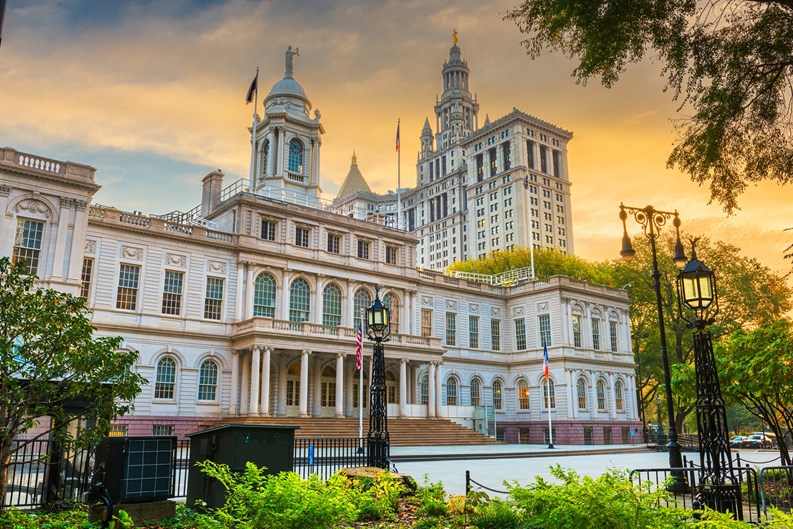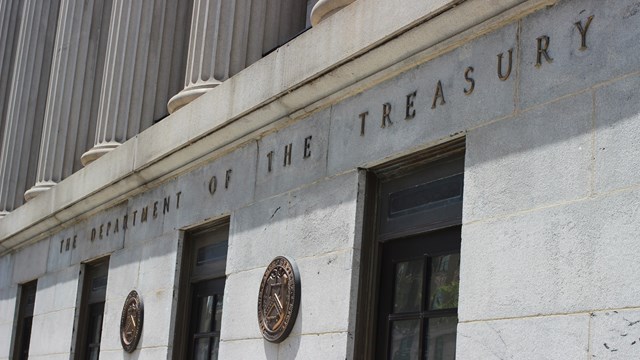In the past 20 years, New York City and its co-op/condo community has survived three major historical events: the attacks of 9/11, the Great Recession, and the COVID-19 pandemic - all while being led by two mayors from different ends of the political spectrum. Now, as we edge into recovery after the worst public health crisis in a century, we must pick a new mayor to lead us forward into the next incarnation of our city. While the current crop of Democratic and Republican candidates hasn’t said much to directly address the needs and concerns of the condo and co-op ownership community, they have spoken on issues and subjects relevant to it. These issues include taxes, crime, and necessary changes to fight climate change.
Who’s Running?
There are about a dozen candidates running as Democrats, and two on the Republican ticket. Ken Fisher, an attorney with the real estate division of Manhattan-based law firm Cozen O’Connor and a former New York City Council member, divides the candidates into three tiers:
According to Fisher, on the Democratic side “The front runners are Eric Adams, Katherine Garcia, Scott Stringer, Maya Wiley, and Andrew Yang. A second tier consists of Sean Donavan, Ray McGuire, and Dianne Morales - they were credible candidates out of the gate, but didn’t really catch on. The final group was largely unknown to begin with and remains so.”
On the Republican side are radio host and Guardian Angels founder Curtis Sliwa and businessman-activist Fernando Mateo. “No disrespect to Curtis Sliwa and Fernando Matteo,” adds Fisher, “but the chances of a Republican being elected are slim. The brand was pretty damaged by Donald Trump, who only won 22.6% of the vote here.”
The field is further complicated by the introduction in this election cycle of ranked choice voting. Conceived as a way to achieve broader inclusion and participation in elections, ranked choice voting provides voters with the ability to choose multiple candidates in order of personal preference, ranking up to five candidates. If a voter’s first choice does not come out on top, their vote will be shifted to their second choice, and so on down the list, until a winner is selected. In theory, this mode of voting should produce a candidate with at least 50% support. Fisher notes that “Any one of these candidates could be elevated under the new ranked choice voting system.”
As to how the candidates differ from one another, Fisher notes that “Adams calls for more housing and small business revitalization, with a focus on the middle class. Yang has similar positions, emphasizing what’s good about New York and how tech can make it better. Garcia [who served as commissioner of the NYC Sanitation Department from 2014 to 2020] draws on her government experience to argue that she can get these things done. Wiley and Stringer are more emphatic about benefiting the lowest end of the economic spectrum.”
“There’s no other greater threat to property owners than crime,” says David Eisenbach, lecturer in history at Columbia University, and a former candidate for Public Advocate himself. “Co-op and condo owners should be looking at which candidate will bring the crime rate down and stop the sensational attacks covered with such relish by the media. These kinds of random crimes like slashings and punching inhibit everything - from tourism, to going out at night to enjoy the city, to apartment purchases.”
Issues for Owners
When making their choices for mayor, co-op and condo owners must consider their status as homeowners. As residents with a long-term commitment to living in New York big issues for them include property taxes, energy and climate change, and quality of life issues such as crime and homelessness. Here’s what we know about where the candidates stand.
On taxes - and that includes both local real estate taxes and the treatment of state and local tax (SALT) deductions on federal income taxes - co-op and condo owners must consider how the overall approach of the candidates will affect this issue.
“Adams, Yang and Garcia are the most focused on a city where people will want to live, work, and invest,” says Fisher. “Wiley and Stringer are running on the premise that a city’s success is measured by the fair treatment of all of its residents. None of the candidates have really addressed a factor that was unthinkable only a few years ago - which is that the city’s population has plateaued and is starting to fall. All acknowledge that the city’s property tax system is convoluted and unfair, but fixing it falls on Albany - not the City. What has been the focus of debate is whether the city should look to the more affluent to pay a larger share. They all support small businesses, but need to be educated that co-ops and condos face similar challenges.” Fisher says that clearly, the co-op and condominium ownership community need an advocate in the next mayor.
When it comes to the SALT deduction - capped at $10,000 by the Trump administration in 2017 to the detriment of subsequent co-op and condo valuation and sales - the problem is something of a Gordian knot. Even at the federal level, with both houses of Congress controlled by Democrats, there is a reluctance to repeal the measure, as doing so could give the appearance of favoritism toward super-wealthy homeowners, despite the fact that a majority of co-op and condo owners are middle-class, and those deductions made their apartments affordable. Co-op and condo advocates have urged the community to pressure both local and state-level officials to come up with a workable plan to help owners. Mayoral candidates can be a good place to start.
“As concerns taxes,” says Eisenbach, “we haven’t had a real conversation about this issue in many years because of the prior housing boom. Co-op and condo owners must consider the long-term effects of disproportional taxes on their units. In the future, the city will have to raise taxes - and the easiest place to do that is property taxes. Owners should look for candidates who are actually discussing the bloated budget, but they are few and far between at this time. People must remember that nice programs cost money.”
On energy and climate change, “There’s a broad consensus that New York should be a leader on climate change,” says Fisher, “which drives politicians to be more aspirational than practical. Co-op and condo owners need to press for incentives to help buildings meet realistic goals we all share - not punishments.”
Quality of Life
On quality-of-life issues, the views of the candidates generally fall along the same moderate-to-progressive lines as they do with other issues. “Adams and Wiley have been direct with criminal justice issues, but their approaches couldn’t be more different,” says Fisher. “Adams spent 22 years on the NYPD. He has been vocal that a safe city is key to our recovery, and Yang and Garcia have similar views. Wiley, who was the Civilian Complaint Review Board chair under DeBlasio, advocates deep reform and diverting funds from the NYPD to social services, as does Stringer.”
Another big quality of life issue is housing insecurity and homelessness, and how it relates to the ownership community. This issue came into sharp focus during the pandemic, when the City relocated a number of homeless men from a city shelter to a residential hotel on the Upper West Side to reduce crowding (and thereby reduce the risk of COVID infection) in the congregate shelter setting. Backlash was swift and vocal - mostly from co-op and condo owners in the neighborhood concerned that the mens’ presence in the area would lead to increased crime - and eventually erode the value and marketability of the owners’ apartments.
“The homeless crisis takes many forms,” says Fisher of this very complicated problem. “For an unemployed single parent, it’s an economic issue with social consequences. For someone with mental illness or a substance abuse burden, it’s a social and health problem with economic consequences. On top of this are complex federal, state and judicial restrictions. All of the mayoral candidates have promised to reduce homelessness through more housing, rent subsidies and support services. Whoever is the Mayor is going to need a great team and a personal focus to make a difference.”
So, given all of that...what does the future look like? “The New York market will recover,” says Eisenbach. “The explosion of luxury units will continue after its pause. The big money will come back - though that’s not necessarily a good thing. A healthy correction is necessary for the middle class to come back. Just judging by what we are seeing in smaller cities right now, New York will not be an outlier for long.”







Leave a Comment